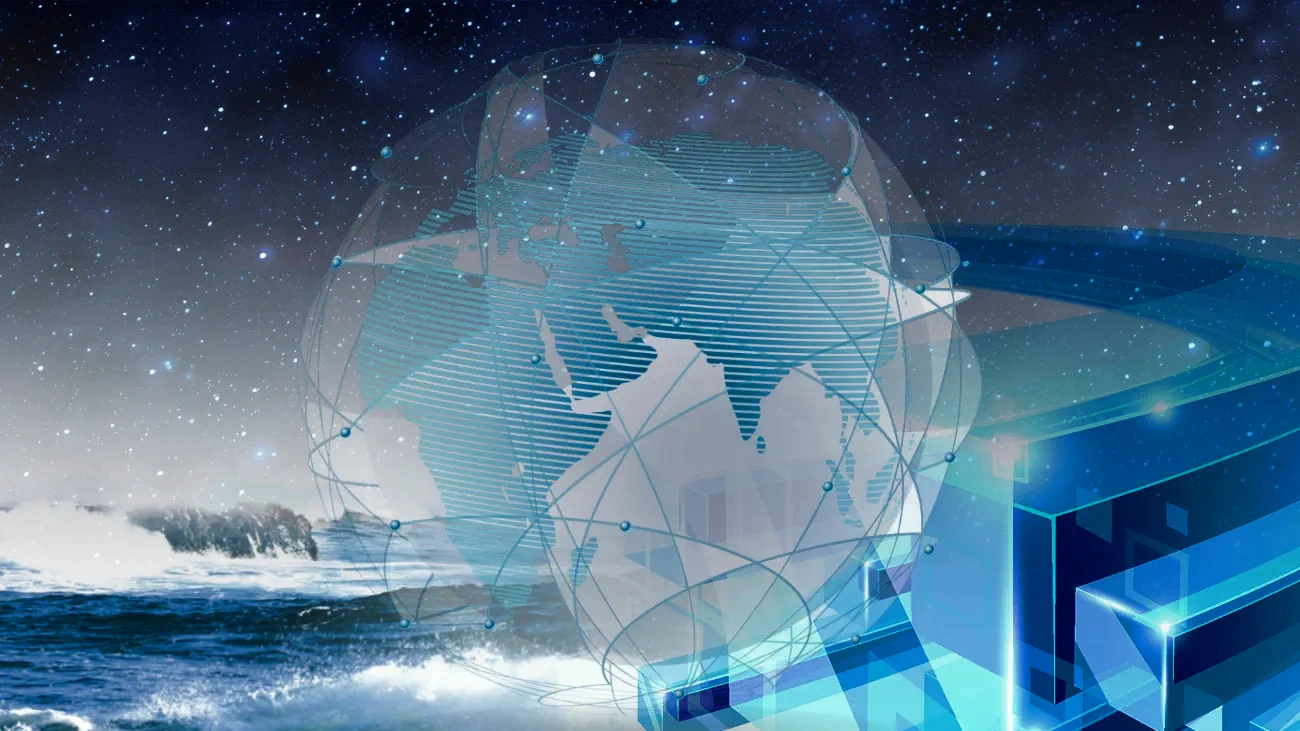Smart Boat
Smart boats, also known as connected boats, are vessels that have been equipped with various digital technologies that make them more efficient, safer, and more enjoyable to use. These technologies include sensors, cameras, GPS, and other communication devices that allow the boat to connect with other devices, such as smartphones, tablets, and computers.
One of the most important benefits of smart boats is safety. These boats are equipped with sensors that can detect changes in weather conditions, water levels, and other environmental factors. They can also monitor the boat's systems and alert the captain to any potential problems, such as engine or battery issues.
In addition to safety, smart boats also offer a range of other benefits:
- They can provide real-time information about water conditions, fishing spots, and other relevant information that can help boaters make the most of their time on the water.
- They can also be used for entertainment, such as streaming music or movies, and can even be controlled remotely using a smartphone or tablet.

Smart boats represent the future of boating. With their advanced digital technologies and connectivity, they offer a range of benefits that make boating safer, more efficient, and more enjoyable than ever before.
Some of the most popular technologies commonly used for smart boats:
- GPS: Global Positioning System (GPS) is one of the most widely used technologies in smart boats. It enables boats to determine their exact location, which is useful for navigation and tracking.
- Sensors: Smart boats are often equipped with sensors that can detect changes in temperature, water levels, and other environmental factors. These sensors can also monitor the boat's systems and alert the captain to any potential issues.
- Communication devices: Smart boats are typically connected to other devices, such as smartphones, tablets, and computers. This allows the captain to monitor the boat's systems and receive real-time updates on weather conditions, water levels, and other important information.
- Cameras: Cameras are often used on smart boats to provide a visual feed of the boat's surroundings. This is useful for navigation and safety purposes.
- Automation systems: Smart boats often have automation systems to control aspects such as lighting, temperature and entertainment systems, this control can be in real time from the bridge, or remotely using a smartphone or tablet.
- Battery technology: Advances in battery technology have made it possible to power smart boats using electric motors. This reduces emissions and noise pollution, making boating more environmentally friendly.
Monitorig
NMEA 2000 is a standard communication protocol used in the marine industry to interconnect electronic devices in a network on board a ship.
The acronym NMEA stands for "National Marine Electronics Association" in English, while the number 2000 indicates the year the protocol was established.This protocol allows different electronic devices, such as sensors, displays, audio and navigation systems, to communicate with each other in real time and provides a standardized way to exchange information, such as the ship's position, speed, depth, temperature, fuel level, voltage and power consumption, among others.
By using the NMEA 2000 protocol, electronic devices aboard the ship communicate effectively and efficiently, allowing for the creation of a network of devices that can share information and work together more effectively.
Although NMEA 2000 is the most commonly used standard communication protocol in the marine industry today, there are other communication protocols used in the marine industry.

Some of the technologies used for monitoring boats include:
- NMEA 0183: Was the de facto standard for many years prior to the advent of NMEA 2000. Although NMEA 0183 is still widely used in some marine electronic systems, it is gradually being replaced by NMEA 2000.
- SeaTalk: Developed by Raymarine and used in their marine electronics. Although not an industry standard, many electronic equipment manufacturers offer adapters to allow interconnection between SeaTalk and NMEA 2000 systems.
- SimNet: Used by Simrad in their marine electronics. SimNet is similar to NMEA 2000 and uses the same physical connector, but has a different set of messages and commands.
- Garmin Marine Network: It's a proprietary network communication protocol developed by Garmin to connect Garmin marine devices in an onboard network. This network can include devices such as probes, radars and multifunction displays.
The marine industry offers a wide variety of products to equip boats, which requires experience, smart planning and attention to detail to select the right equipment.
Are you still interested in this topic?
A good idea is to continue here:

